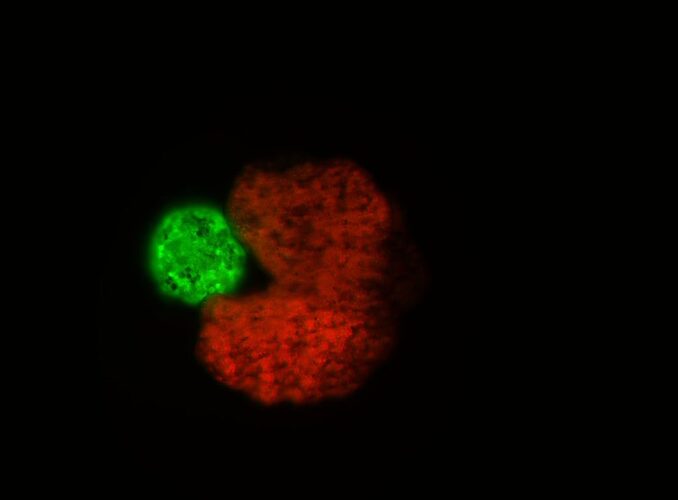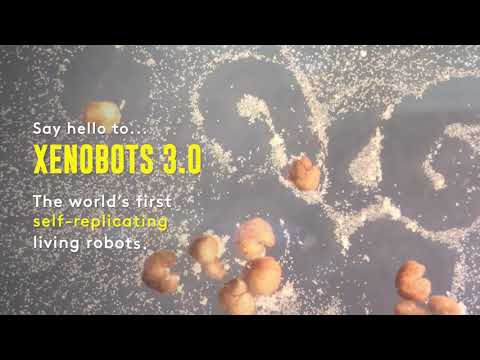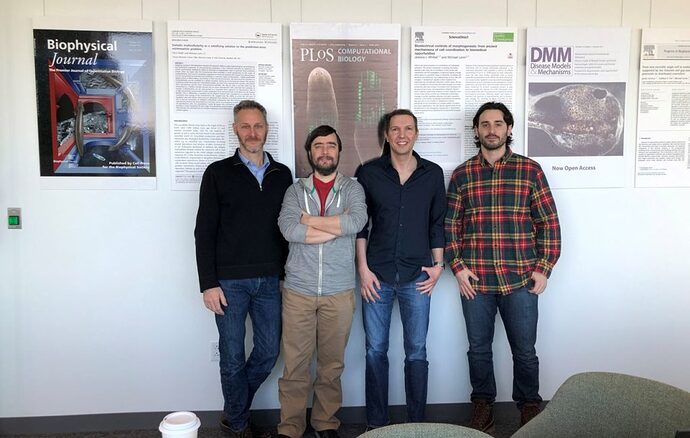Xenobots 3.0: scientists create world’s first living robots that can reproduce – video
Xenobots 3.0 that replicates
November 30, 2021
Jiya Saini is a Journalist and Writer at Revyuh.com. She has been working with us since January 2018. After studying at Jamia Millia University, she is fascinated by smart lifestyle and smart living. She covers technology, games, sports and smart living, as well as good experience in press relations. She is also a freelance trainer for macOS and iOS, and In the past, she has worked with various online news magazines in India and Singapore. Email: jiya (at) revyuh (dot) com
Artificial intelligence-designed Xenobots demonstrate an altogether new mechanism of biological self-replication, which holds great promise for regenerative medicine.
Researchers at the University of Vermont, Tufts University, and Harvard University uncovered a novel mode of biological reproduction—and developed self-replicating living robots.
These computer-designed animals, composed of frog cells, collect single cells within a Pac-Man-shaped “mouth” and release Xenobot “babies” that look and move like themselves. Then the offspring repeat the process.
A Pac-Man-shaped “parent” organism created by artificial intelligence (in red) alongside compressed stem cells—the “offspring” (green).
Josh Bongard, University of Vermont; Michael Levin, Tufts University and the Wyss Institute at Harvard University; Douglas Blackiston, Tufts University; and Sam Kriegman, Tufts University and the Wyss Institute at Harvard University invented and collaborated on Xenobots.
The Xenobot Research Team
Source: 10.1073/pnas.2112672118
Image Credit: Tufts and ICDO
You were reading: Xenobots 3.0: scientists create world’s first living robots that can reproduce – video



